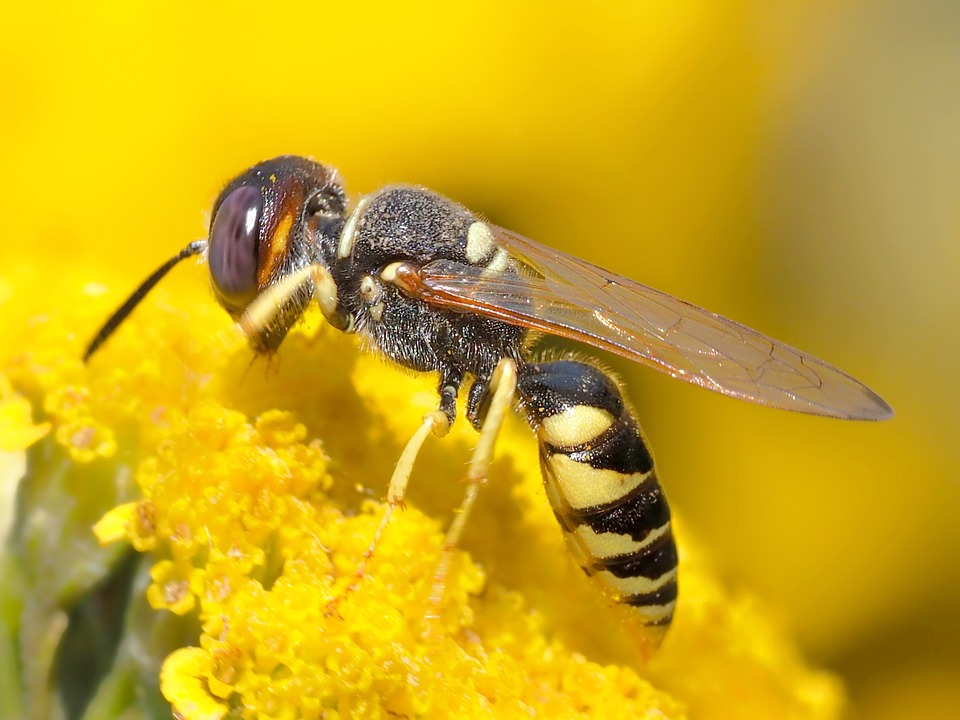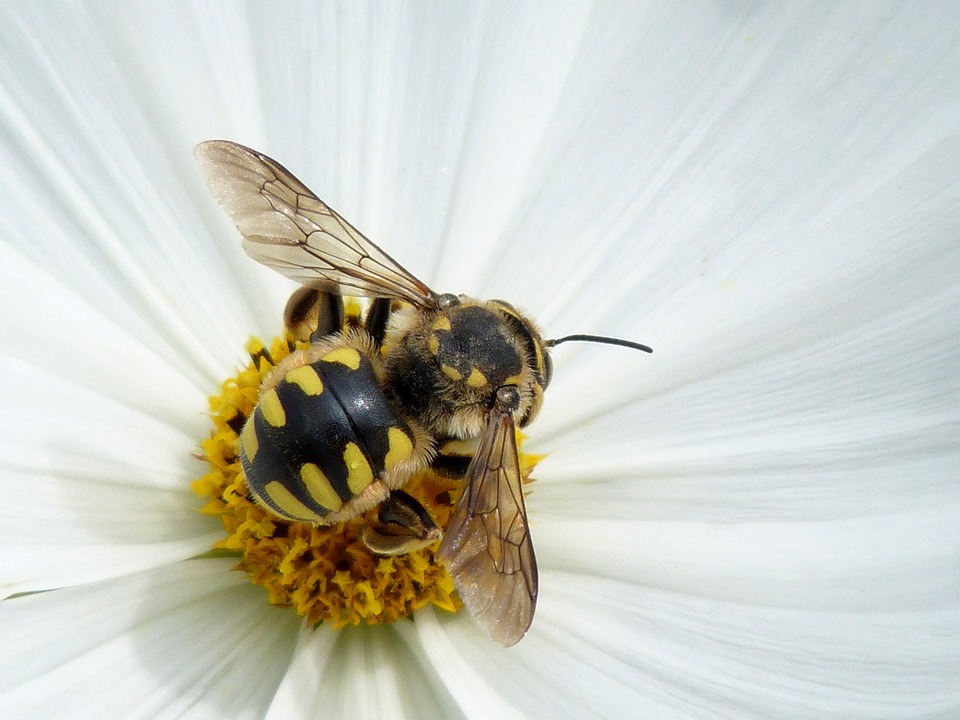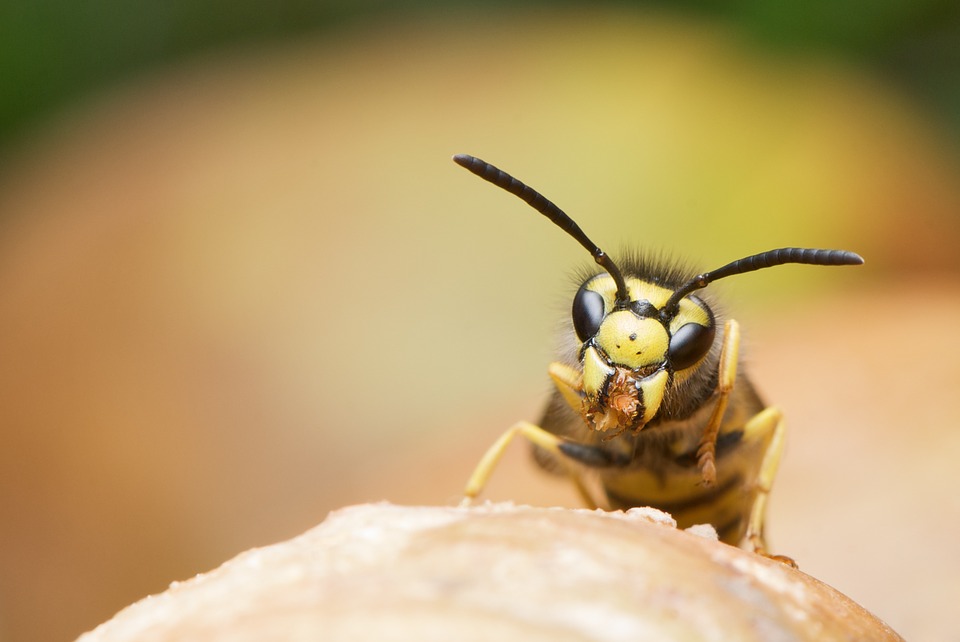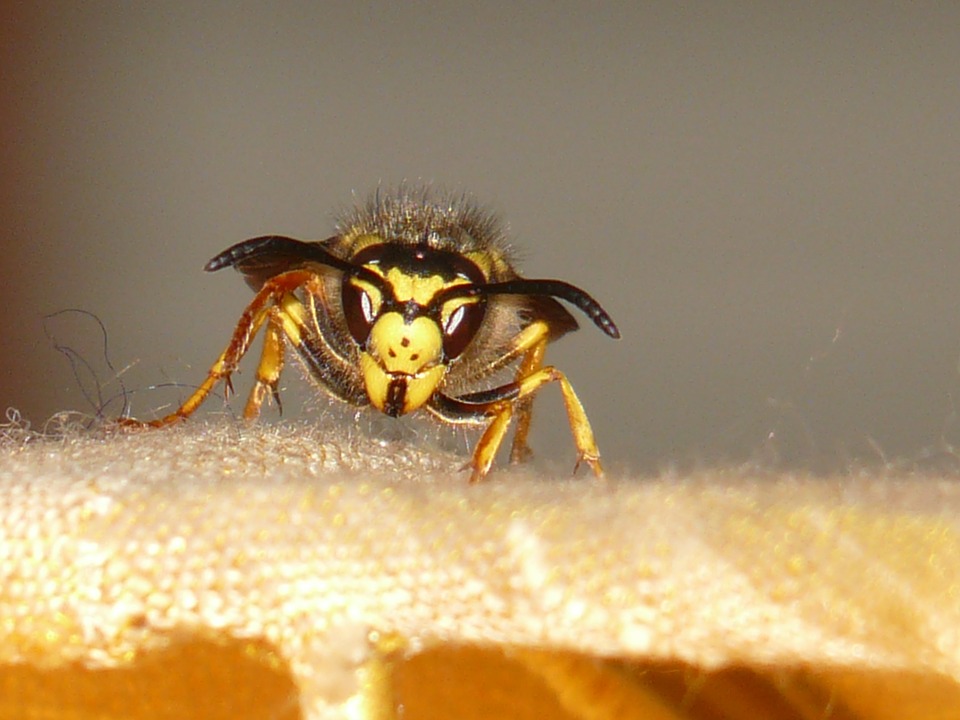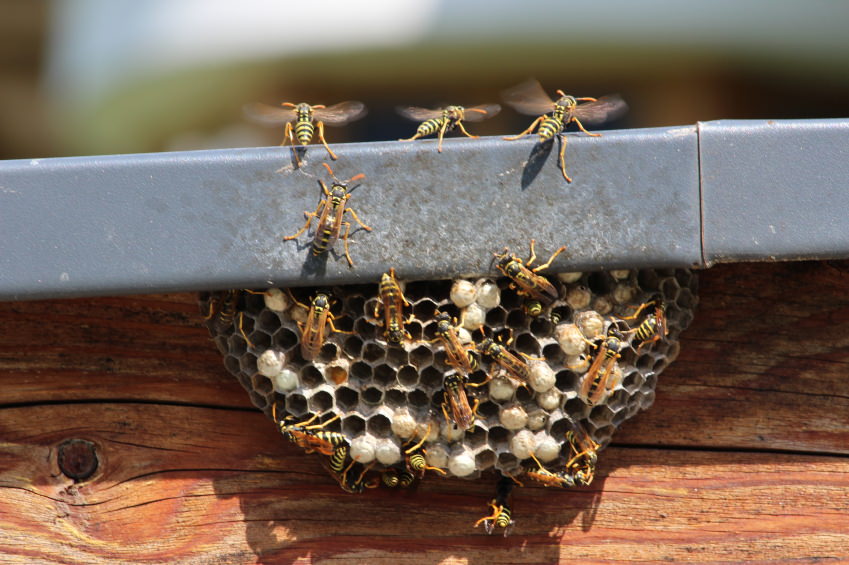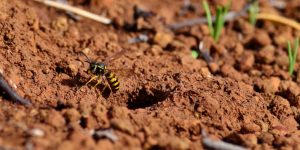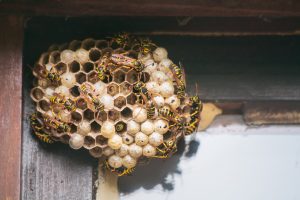The very first question which cracks up in your mind after seeing this headline is why are wasps given a chance to build a nest at any corner of your home in spite of your property being squeaky clean and unblemished!
Disclaimer: Before you proceed with any wasp removal or wasp nest removal you should consult a professional wasp removal company to see what your options are. We highly recommend:
http://www.waspremovaltoronto.ca/
There might be several reasons for this. Some of the most common ones are:
· They dwell into those small voids and crevices left behind your cables.
· They mostly make their existence under eaves.
· It is rampant during peak summertime.
So what is the solution to avoid them? There are some do’s and don’ts you will have to keep a regular check on during summer.
They often build nests in trees, bushes or under the deck. They can be as big as a basketball and they pretty much come up as a bunch of wasps. Their colonies have drones and the one job they look after is to protect their nests at any cost. DON’T try to deal with these kind of nests all alone as they are very aggressive and difficult to preclude. You can try calling up apiarists who will remove them without any charges or on a very small fee.
Simple home remedies you can follow in order to avoid wasp nests:
1. Natural insecticide spray
You can use any organic wasp spray which uses 100% bio-degradable ingredients including some strong essential oils. Go through the instructions carefully and follow them wisely.
2. Killing with soap and hose end sprayer.
3. Using a vacuum cleaner for small nests under eaves.
4. Traps
There are various glass wasp traps that many claim is quite utile. The tactic is that you keep replacing the bait. You can be using piquant bait such as tuna, which is believed to attract the bunch of wasps very easily but not honeybees as they prefer something sweeter such as nectar.
5. Rosemary
Planting one in your garden area repels mosquitoes and many other insects which are harmful. The essential oil present in this herb acts as a repellant.
6. Pitcher plant
Another very strong natural remedy which traps and digests the insects. Other insects which fall prey to these plants are ants, flies, beetles and snails.
7. Sealing any holes, cracks or crevices along concrete driveways, window sills or any other hollow entry point can reduce the possibility of a ground nest.
8. To avoid attracting wasps to your kitchen shelves cover sweet drinks and proteins which are popular attractants for wasps. Garbage cans should also be tightly sealed.
